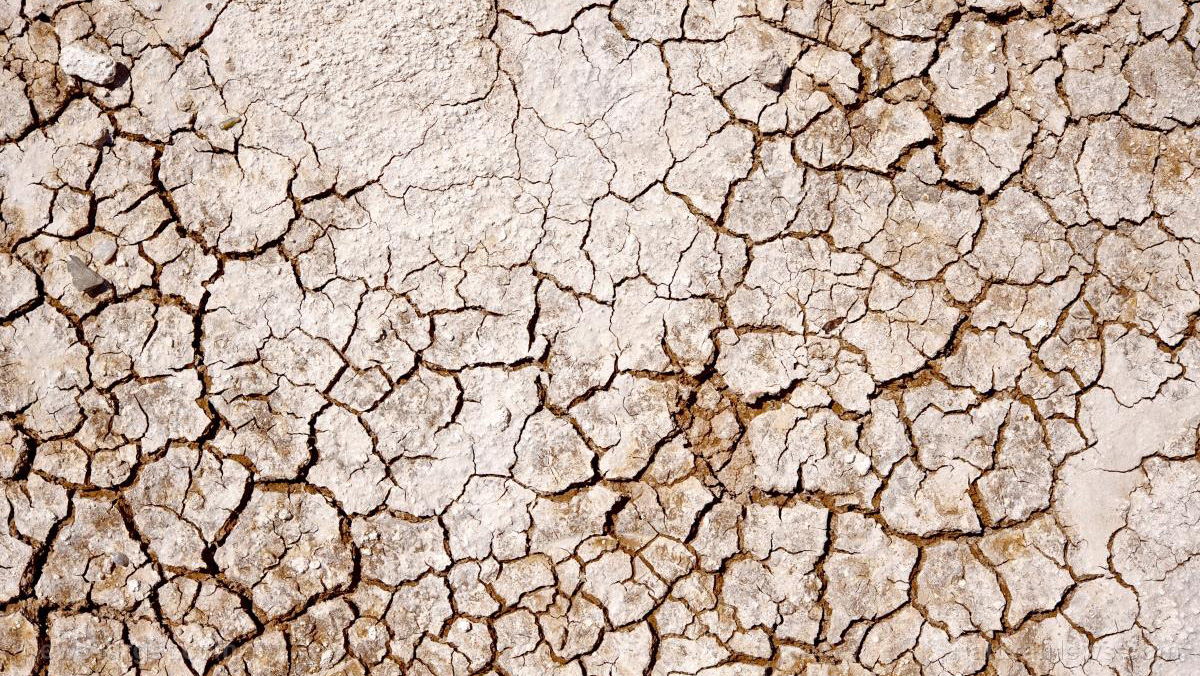Water Wars: Colorado River basin states fail to reach consensus on water usage cuts
02/03/2023 / By Belle Carter

The Colorado River basin states have failed for the second time in six months to reach a consensus on the water usage cuts that seek to distribute the burden of drought more equitably as the river dries up.
Six of the seven basin states sketched out a joint proposal for how they could meet the federal government’s demand to limit water consumption as more than two decades of drought have already pushed the crucial reservoirs to dangerously low levels. California, the largest water user of the seven basin states, did not join.
According to reports, the Department of the Interior had asked all seven states to contribute plans by the end of last month to reduce water usage by two to four million acre-feet or up to one-third of the river’s annual average flow.
The proposal by the six states – Arizona, Colorado, Nevada, New Mexico, Utah and Wyoming – aims to protect the major reservoirs in Lake Powell and Lake Mead from falling below critical levels, such as when the dams would no longer be able to generate electricity, or at “dead pool,” when water would effectively be blocked from flowing out of these lakes. Before above-average snows in recent weeks, the Bureau of Reclamation was projecting that Lake Powell could start to reach such thresholds by this summer. (Related: Federal government forces water supply cuts for Arizona, New Mexico and Mexico to avoid collapse of Colorado River System.)
“We recognize that over the past twenty-plus years there is simply far less water flowing into the Colorado River system than the amount that leaves it and that we have effectively run out of storage to deplete,” the six states said in a letter to the bureau earlier in the week.
State representatives said they would continue to work together and with the federal government and others “to reach consensus on how best to share the burden of protecting the system from which we all derive so many benefits.”
Meanwhile, California fears that it has the most to lose in any new agreement because it has the largest water needs and because it has historically used whatever unused surplus remained after other states drew water from the river.
On Tuesday, Jan. 31, the Golden State submitted its own proposal for how the reductions should play out in coming years, depending on the elevation in Lake Mead. The proposal begins with a 400,000 acre-foot cut, as previously offered, and continues with additional reductions as the reservoir declines to levels where power generation would be threatened.
The California proposal “makes a constructive effort to uphold the Law of the River while making substantial efforts to protect the Colorado River system with voluntary reductions far beyond California’s legal obligations,” JB Hamby, chairman of the Colorado River Board of California, wrote in the introduction to the plan.
A century ago, the region agreed to the Colorado River Compact, apportioning water between “Upper Basin” and “Lower Basin” states. But increased scarcity has led to calls for new agreements.
White House should step in between California and neighboring states over the Colorado River standoff
As California disagreed with the water plan offered by the other basin states as it “upholds its senior rights to the river,” analysts are calling out to the Biden administration to mediate immediately for a speedy resolution.
“The states are not going to reach an agreement. We are just too far apart,” Rep. Greg Stanton (D-Ariz.), who represents the Phoenix area, said. “Now is the time that we need this administration to come up with a solution to this dilemma, and we need it now.”
The standoff has thrusted the Biden administration into the position of deciding how to resolve competing claims on water shared by 40 million people.
The other six states want to avoid exhausting their supplies from the Colorado River, whereas California wants protect its farmers and claims to the water.
California Natural Resources Secretary Wade Crowfoot, an appointee of Governor Gavin Newsom, as well as the state’s two senators, have criticized the six-state plan, saying it would disproportionately burden California cities and farmers.
“We agree there needs to be reduced use in the Lower Basin, but that can’t be done by just completely ignoring and sidestepping federal law,” said Hamby.
Meanwhile, political analysts are saying that getting involved in these sensitive fights may hurt Newsom if he runs for president and needs political support from neighboring basin states Nevada and Arizona.
Visit WaterWars.news for more stories related to the Colorado River system.
Watch the video below that talks about Lake Mead, the United States’ largest reservoir, 2/3 running dry.
This video is from the Mercury channel on Brighteon.com.
More related stories:
Colorado River water levels too low; major water cutbacks imminent.
Colorado, Nebraska fight over 99-year-old water-sharing compact.
New islands, sunken ships and lost marine equipment emerge as Mississippi River continues to dry up.
Sources include:
Submit a correction >>
Tagged Under:
big government, California, chaos, clean water, climate, Collapse, Colorado River, disaster, Drought, ecology, environment, Lower Basin, panic, rationing, scarcity, Upper Basin, water cuts, water rationing, water shortage, water supply, Water Wars, weather
This article may contain statements that reflect the opinion of the author
RECENT NEWS & ARTICLES
COPYRIGHT © 2018 PANIC.NEWS
All content posted on this site is protected under Free Speech. Panic.news is not responsible for content written by contributing authors. The information on this site is provided for educational and entertainment purposes only. It is not intended as a substitute for professional advice of any kind. Panic.news assumes no responsibility for the use or misuse of this material. All trademarks, registered trademarks and service marks mentioned on this site are the property of their respective owners.




















